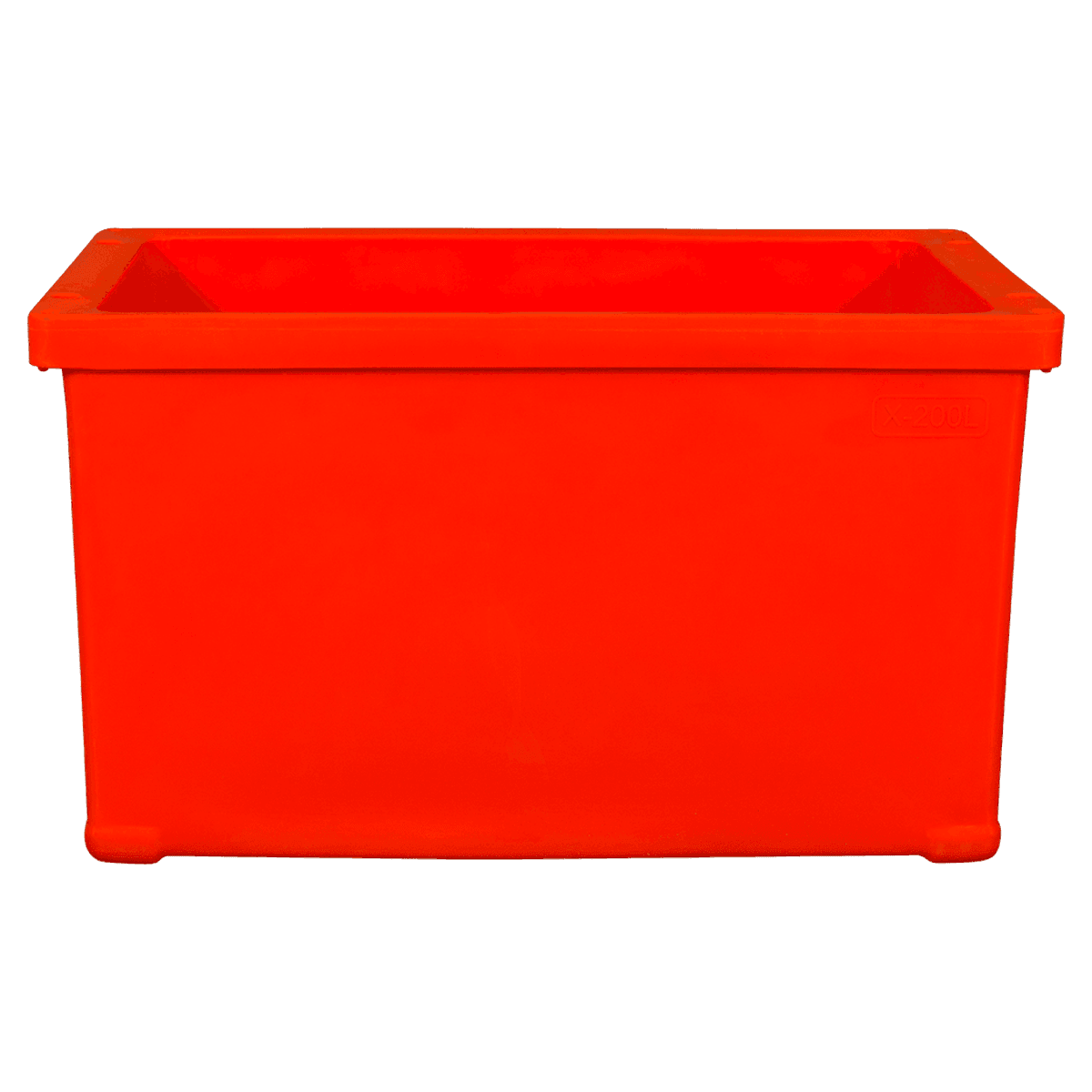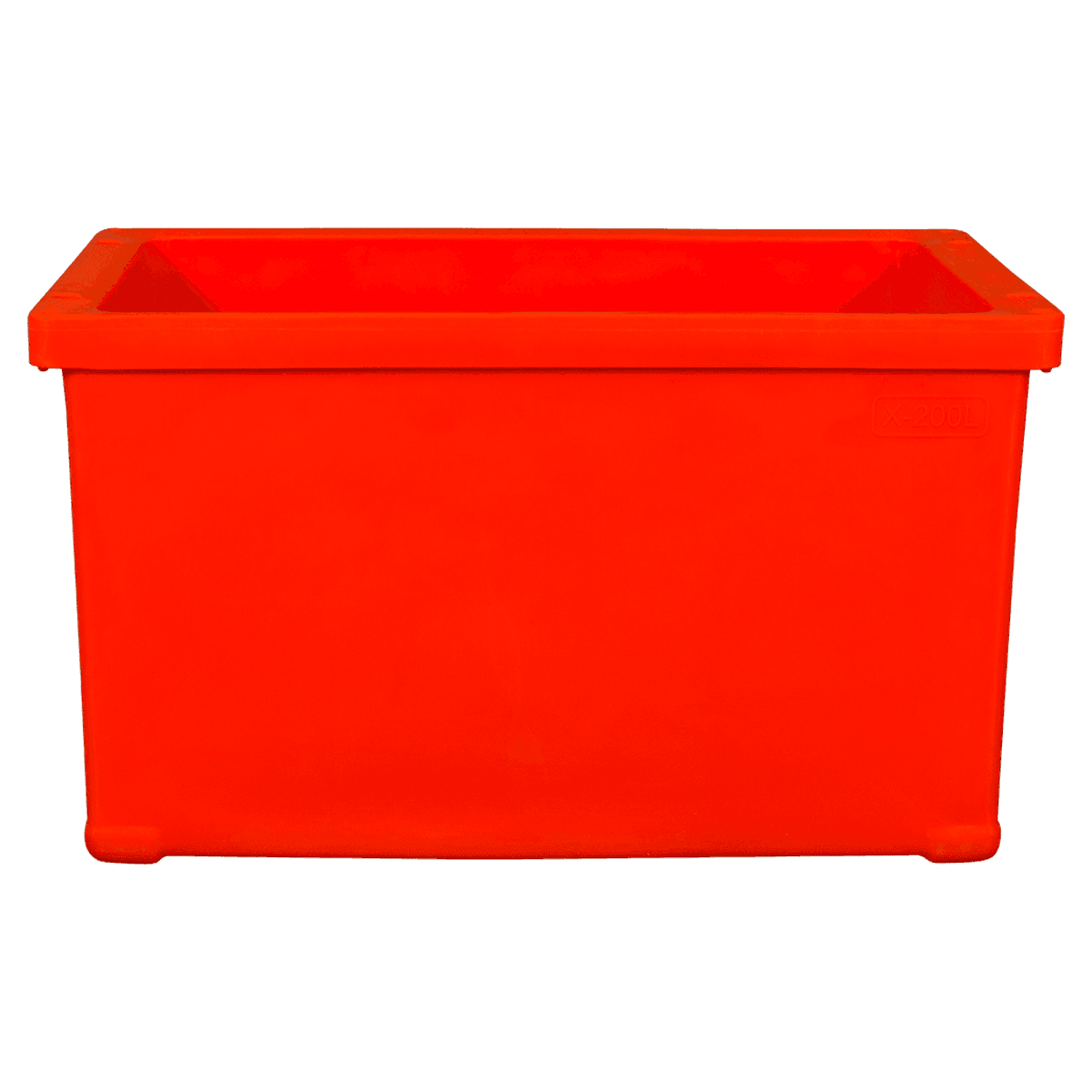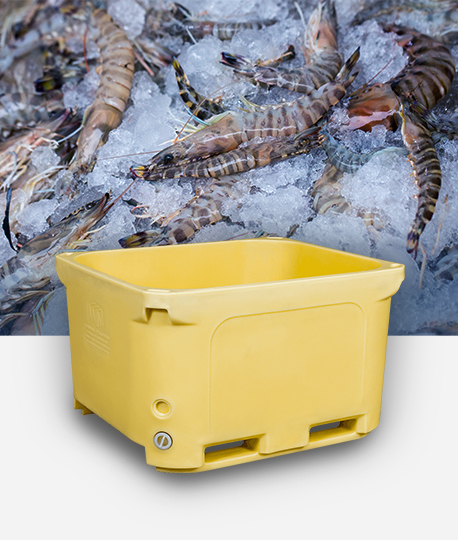Live fish transportation containers are designed to provide a suitable environment that ensures the safety and well-being of the fish during transit. Here are some ways these containers achieve this:
1. Water Quality Maintenance: Live fish transportation containers have mechanisms in place to maintain water quality. This includes filtration systems, oxygenation systems, and temperature control. These systems help keep the water clean, oxygenated, and at an appropriate temperature for the specific species being transported.
2. Secure and Stable Environment: Containers are designed to provide a secure and stable environment for the fish. They are typically made from durable materials that can withstand the rigors of transportation and prevent leakage or damage. The containers' design prevents excessive movement of the fish, reducing stress and the risk of physical injury.
3. Minimizing Stress: Live fish transportation containers aim to minimize stress on the fish during transit. They may feature insulation to reduce temperature fluctuations and minimize exposure to external stimuli that could stress the fish. Additionally, containers often include darkened or opaque areas to create a calm and comfortable environment for the fish.
4. Adequate Space and Partitioning: Containers are designed to provide adequate space for the fish being transported. They may have dividers or partitions to separate individual fish, preventing aggression and injuries during transit. Proper spacing inside the container also ensures sufficient oxygen supply and reduces the risk of overcrowding.
5. Compatibility with Water Conditions: Some live fish transportation containers are specifically designed for the transport of saltwater or freshwater species. They cater to the unique water chemistry needs of different fish species, ensuring the correct salinity or pH levels for their well-being.
6. Monitoring and Control: Advanced live fish transportation containers may have monitoring systems in place to track and control water parameters such as temperature, oxygen levels, and pH. This allows for real-time adjustments and ensures that optimal conditions are maintained throughout the journey.
7. Cushioning and Protection: Containers may incorporate cushioning materials to prevent physical damage to the fish in case of sudden movements or impacts during transit.
By addressing these factors, live fish transportation containers aim to create a controlled and comfortable environment for the fish, reducing stress and ensuring their safety and well-being during transport. However, it is crucial for fish industry professionals to follow best practices, adhere to regulations, and provide appropriate care to further enhance the welfare of live fish during transit.
AF-800L Nanobubble Oxygenation for Recirculating Aquaculture Insulated Plastic Containers
-3.png)
Wanma AF-800L fish ,meat and poultry container’s one piece construction is strong ,long-lasting and easy to handle. It is particularly well suited for handling of poultry and fresh seafood in transportation and in market settings. The Wanma AF-800L insulated plastic container is a double-walled with a PUR core and a high insulation factor. Wanma AF-800L insulated seafood container is easy to maneuver and is accessible for both fork lift and pallet jack.


 English
English Español
Español عربى
عربى 中文简体
中文简体
-4.png)
-4.png)
-2.png)

-2.png)
-2.png)




